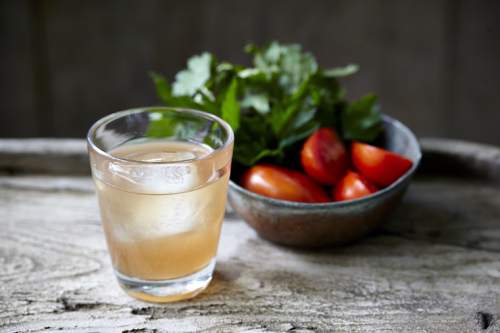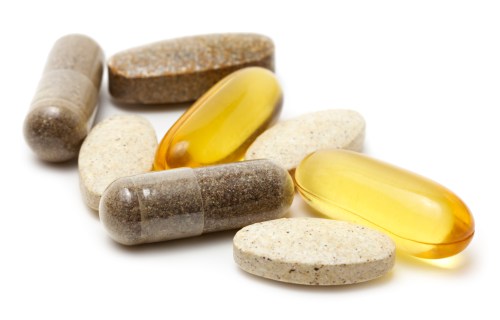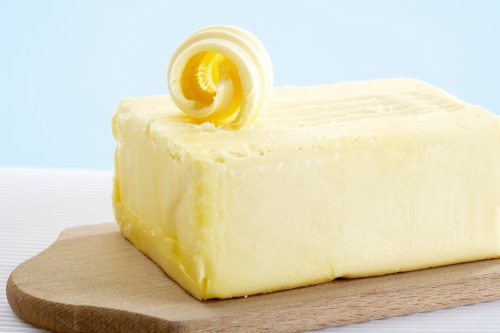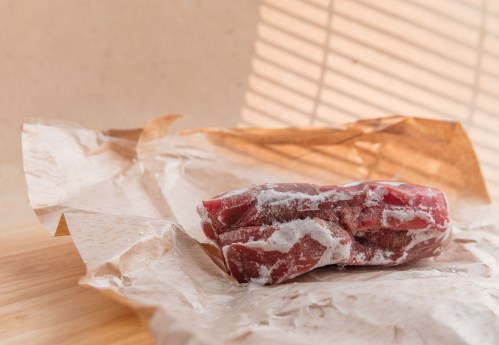Our editors independently select these products. Making a purchase through our links may earn Well+Good a commission

Whether you buy your tomatoes at the farmers’ market or grow your own right in the backyard, these last few weeks of warm weather are ideal for making the most of your bounty. But before you use them all in a homemade sauce for your caulicrust pizza or a caprese salad, you’ll definitely want to set aside a vine’s worth for this boozy weekend favorite: an upgraded Bloody Maria, courtesy of Well+Good’s resident cocktail expert, The Outside Institute founder, Laura Silverman.
“The bumper crop of late-season tomatoes makes summer last just a little bit longer,” she says. “I use it to make tomato water—infused with the intense flavor of the fruit and herbs—to make a cold drink that’s made even better with just a little tequila.”
Health bonus: Tomatoes are ripe with carotenoids—including lycopene—which means they’re loaded with antioxidants. Silverman keeps her recipe sugar free, instead adding a subtle sweetness to the cocktail with blue agave nectar. And instead of celery, she uses cilantro to add the perfect finishing touch.
Ready to make this upgraded Bloody Maria? Keep reading for the recipe.
Upgraded Bloody Mary
Ingredients
For the tomato water
1 lb very ripe tomatoes1 small shallot1/4 cup fresh basil leaves4 cilantro sprigs4 parsley sprigs2 tsp white wine vinegar1 Tbsp sea salt
For the cocktail3 oz tomato water2 oz blanco tequila1 oz fresh lemon juice1/2 oz raw blue agave nectarCilantro sprig for garnishIce
For the tomato water
1. Pulse vegetables and herbs in a food processor just until coarsely chopped.
2. Transfer mixture to colander lined with cheesecloth and set over a bowl. Cover and chill for a minimum of 4 hours and up to 24 hours. Avoid stirring or pressing on solids so tomato water will drain clear.
3. Compost solids and store tomato water in a glass jar in the fridge for up to two days.
For the cocktail
1. Place tomato water, tequila, lemon juice, and agave in a shaker with plenty of ice and shake until well chilled.
2. Strain into a rocks glass over fresh ice.
3. Garnish with the cilantro sprig.
Each week, The Outside Institute founder Laura Silverman crafts a cocktail recipe just for Well+Good readers using in-season plants and herbs. Bookmark this page for more healthy cocktail ideas.
Pair your Bloody Maria with perfectly poached eggs or one of these healthy, high-protein breakfasts.
Sign Up for Our Daily Newsletter
Get all the latest in wellness, trends, food, fitness, beauty, and more delivered right to your inbox.
Got it, you've been added to our email list.









